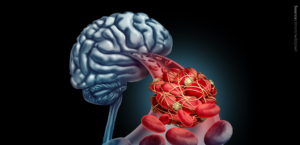Structure. Cholesterol lipids belong to the sterol lipids. Their structure consists of the steroid structure, four linked hydrocarbon rings, to which a characteristic carbon side-chain is attached and two further methyl groups. The steroid structure, the side-chains, and the methyl groups can be modified – hundreds of cholesterol lipids have been discovered.
Function. Cholesterol lipids are mostly found in animals. Cholesterol itself is an essential component of plasma membranes where it participates in the formation of lipid rafts. It is a biosynthetic precursor of steroid hormones but also important for cell signaling, transport processes, and regulation of gene readout. Further, excess cholesterol is linked to cardiovascular disease.
Cholesteryl esters (CE) are cholesterol lipids with a fatty acid ester-linked to the steroid structure. They function as cholesterol transport form but also as cellular pool for both of its components, cholesterol and the fatty acid. Relatively little is known about cholesterol lipids with further modifications but some oxidized cholesterols (oxiChol) are linked to lipid metabolism abnormalities.



